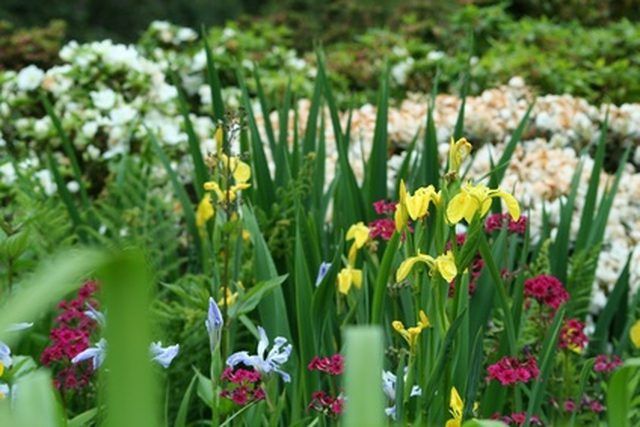Bulbs
Flower Basics
Flower Beds & Specialty Gardens
Flower Garden
Garden Furniture
Garden Gnomes
Garden Seeds
Garden Sheds
Garden Statues
Garden Tools & Supplies
Gardening Basics
Green & Organic
Groundcovers & Vines
Growing Annuals
Growing Basil
Growing Beans
Growing Berries
Growing Blueberries
Growing Cactus
Growing Corn
Growing Cotton
Growing Edibles
Growing Flowers
Growing Garlic
Growing Grapes
Growing Grass
Growing Herbs
Growing Jasmine
Growing Mint
Growing Mushrooms
Orchids
Growing Peanuts
Growing Perennials
Growing Plants
Growing Rosemary
Growing Roses
Growing Strawberries
Growing Sunflowers
Growing Thyme
Growing Tomatoes
Growing Tulips
Growing Vegetables
Herb Basics
Herb Garden
Indoor Growing
Landscaping Basics
Landscaping Patios
Landscaping Plants
Landscaping Shrubs
Landscaping Trees
Landscaping Walks & Pathways
Lawn Basics
Lawn Maintenance
Lawn Mowers
Lawn Ornaments
Lawn Planting
Lawn Tools
Outdoor Growing
Overall Landscape Planning
Pests, Weeds & Problems
Plant Basics
Rock Garden
Rose Garden
Shrubs
Soil
Specialty Gardens
Trees
Vegetable Garden
Yard Maintenance
How to Calculate How Much Soil I Will Need to Plant My Flower Beds
How to Calculate How Much Soil I Will Need to Plant My Flower Beds. Many gardeners find the convenience and beauty of raised beds enhances the gardening experience and allows them to produce more crops in a smaller space. Construction consists of wooden or stone structures raised above the ground level that are designed to hold soil for planting...

Many gardeners find the convenience and beauty of raised beds enhances the gardening experience and allows them to produce more crops in a smaller space. Construction consists of wooden or stone structures raised above the ground level that are designed to hold soil for planting flowers, herbs or vegetables. When it comes to filling the bed with soil, those new to raised beds face some confusion over how to calculate the amount of soil needed.
Things You'll Need
Tape measure
Calculator
Measure the width, length and depth of the interior of the raised bed. Although measurement in inches may be suitable for small beds, measure beds larger than 3 feet by the foot. Round measurements up to the next foot.
Multiply the length by the width to find the surface area of the bed. For example, a 4-foot by 8-foot bed has a surface area of 32 square feet.
Multiply the surface area by the depth of the bed to find the volume of the raised bed in cubic feet. For example, a 1-foot deep bed with a surface area of 32 square feet has a volume of 32 cubic feet. A 2-foot deep bed with the same surface area has a volume of 64 cubic feet.
Divide the cubic feet by 3 to determine the number of cubic yards of soil you need. In the first example with the 32 cubic foot volume, the bed has a 10 and 2/3 cubic yard volume. Round this number up to the next number. To order enough soil to fill the bed in the example, you will need 11 cubic yards.
Visit your garden supply center or local contractor to order the garden soil. Soil by the truckload is generally sold by the yard, which means a cubic yard. Smaller amounts may be sold in bricks or bags that indicate the area they will cover.
Tips & Warnings
For more exact measurements convert inches and express as decimals when measuring in feet. For example, 2 feet 3 inches = 2.25 feet, 2 feet 6 inches = 2.5 feet, and 2 feet 9 inches = 2.75 feet.
Always over-estimate to allow for variations in size. Leftover soil can be used for other projects, but not having enough can cause delays in planting or require extra trips to the supplier. If you are having soil delivered, this can be costly.